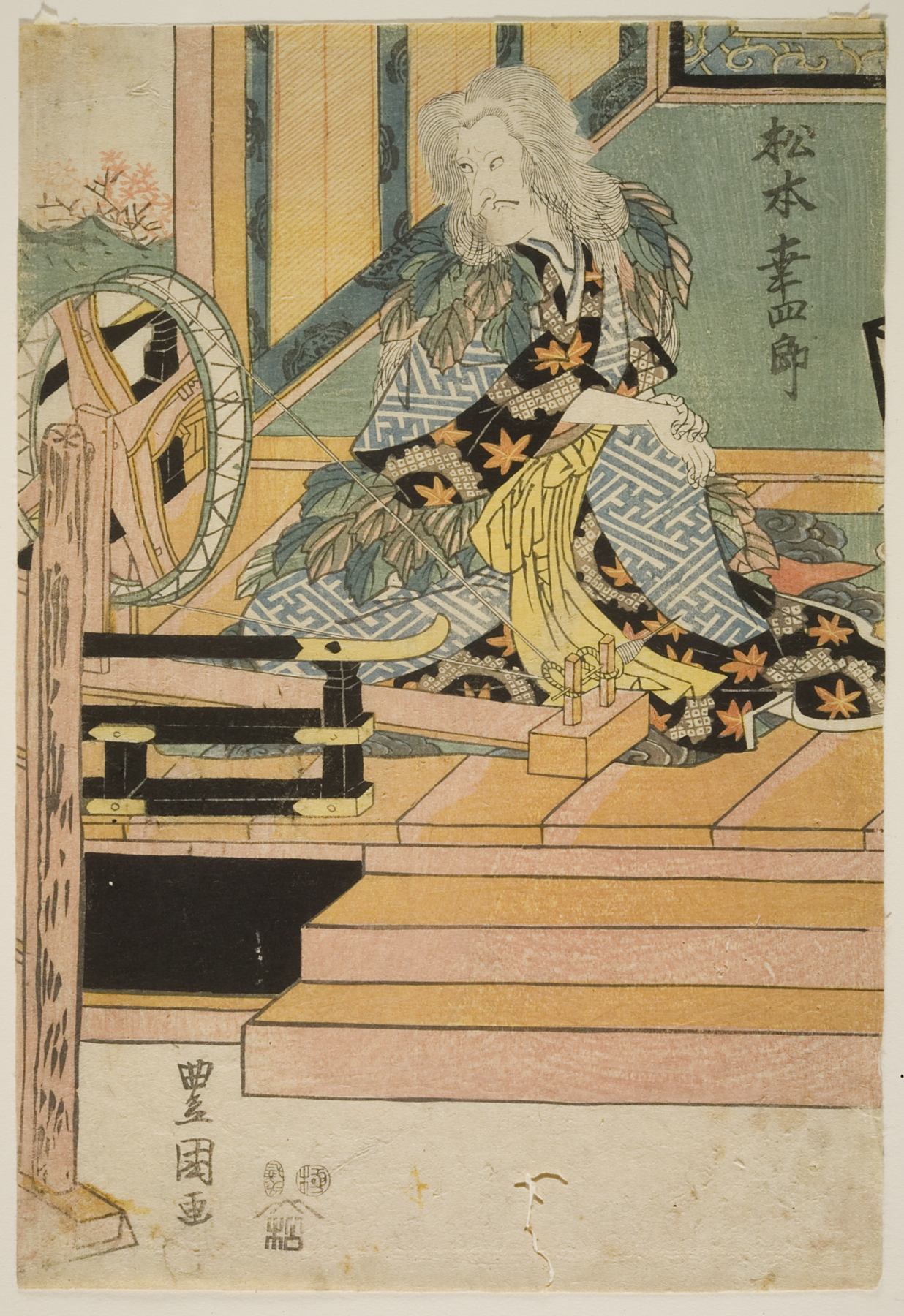Matsumoto Kōshirō V, Utagawa Toyokuni II
Artwork Overview
Utagawa Toyokuni II, artist
1777–1835
Matsumoto Kōshirō V,
circa 1826, Edo period (1600–1868)
Where object was made: Japan
Material/technique: color woodcut
Dimensions:
Image Dimensions Height/Width (Height x Width): 377 x 257 mm
Sheet/Paper Dimensions (Height x Width): 377 x 257 mm
Sheet/Paper Dimensions (Height x Width): 13 1/4 x 10 1/8 in
Image Dimensions Height/Width (Height x Width): 13 1/4 x 10 1/8 in
Mat Dimensions (Height x Width): 19 x 14 in
Image Dimensions Height/Width (Height x Width): 377 x 257 mm
Sheet/Paper Dimensions (Height x Width): 377 x 257 mm
Sheet/Paper Dimensions (Height x Width): 13 1/4 x 10 1/8 in
Image Dimensions Height/Width (Height x Width): 13 1/4 x 10 1/8 in
Mat Dimensions (Height x Width): 19 x 14 in
Credit line: Anonymous gift
Accession number: 1982.0380
Not on display
If you wish to reproduce this image, please submit an image request
